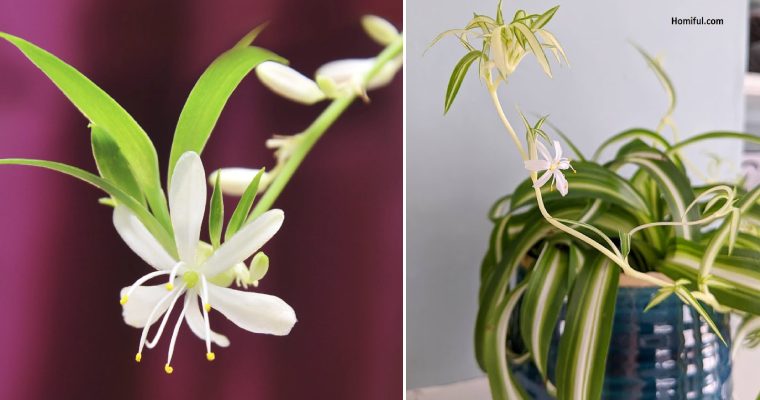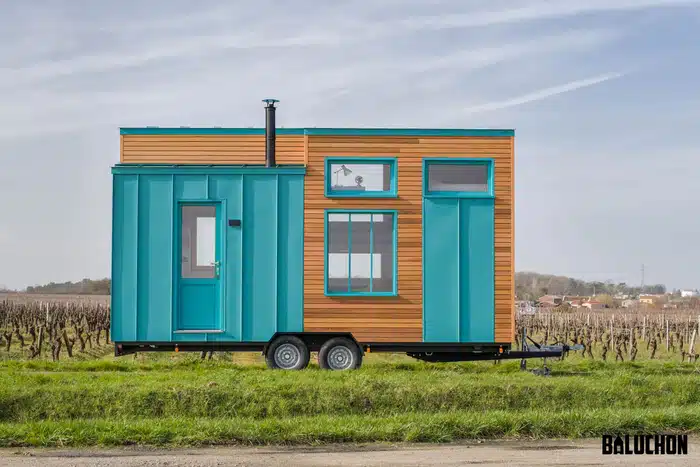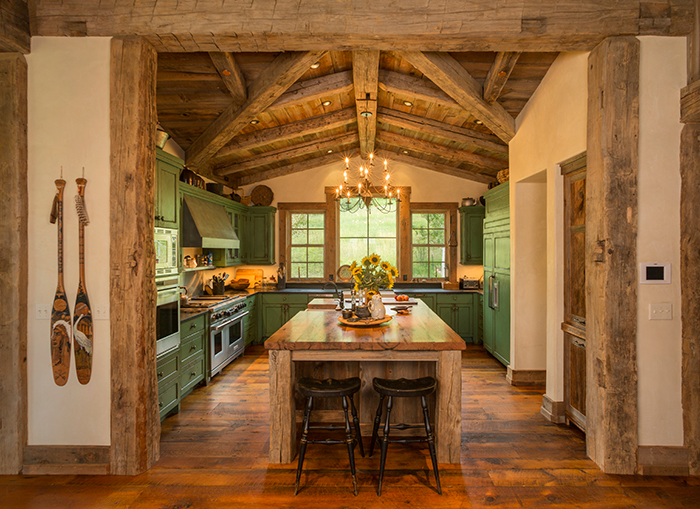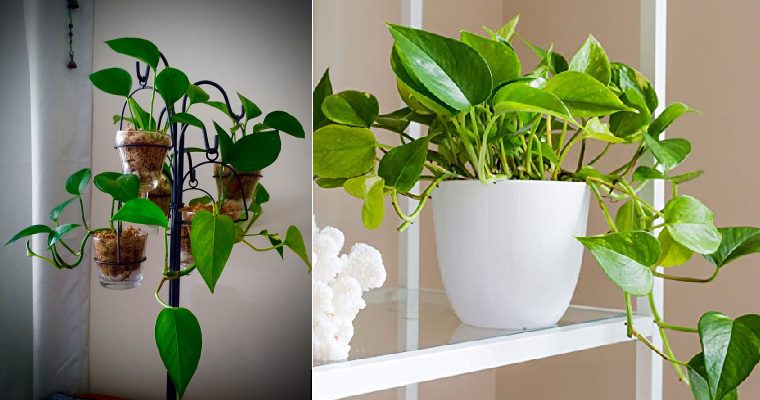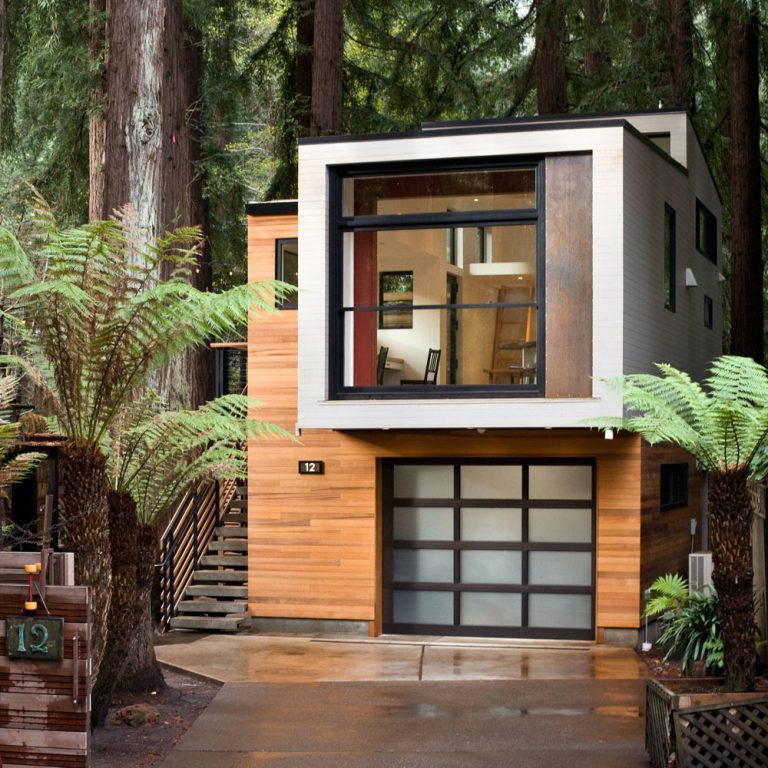Flowering vines are an easy way to fill vertical spaces in your garden with life and color. Choose from annual vines for quick color for a growing season, or invest in a perennial vine that will grow and bloom for years in your landscape. Plant either type of flowering vine where they can grow up and over fences, arbors, and trellises to show off their beautiful blooms.
01 of 15 Morning Glory
A fast-growing flowering vine, morning glory will climb trellises, railings, and other supports with ease. Available in a wide range of colors and bi-colors, this annual is a snap to grow. It gets its name because its 4- to 6-inch-wide blooms open during the early hours of the day, closing up by afternoon. Morning glory often self-sows aggressively, but unwanted seedlings are easy to remove.
Season of Bloom: Summer to fall
Growing Conditions: Full sun in moist, well-drained soil
Size: Up to 10 feet tall
Zones: annual
02 of 15 Black-Eyed Susan Vine
Another fast-growing annual, black-eyed Susan vine develops scores of bright yellow, orange, or white flowers with dark centers all summer long. You can easily grow this vine from seed and plant it directly in the garden or choose to buy started plants. While this climbing vine is happy to climb a trellis, it’s also a favorite in hanging baskets where it can twist around the basket supports.
Season of Bloom: Summer to fall
Growing Conditions: Full sun to part shade and moist, well-drained soil
Size: Up to 8 feet tall
Zones: 10-11
03 of 15 Clematis
Available in a spectacular array of colors and forms (double and single flowers), clematis will quickly shimmy up a fence, mailbox, or arbor. There’s also dwarf clematis that grows just 3 feet tall and is perfect for containers. Clematis vines are easy to grow if you follow the old saying that clematis like their “heads in the sun and their feet in the shade.” You should plant them in full sun but apply a thick layer of mulch around them to keep their roots cool and shaded. Some clematis bloom on new wood, and others bloom on old wood, so it’s best to prune them in the spring after new growth has begun. That way, you won’t accidentally remove flower buds no matter what type of clematis you have.
Season of Bloom: Summer
Growing Conditions: Full sun to part shade and moist, well-drained soil
Size: Up to 10 feet tall
Zones: 4-8
04 of 15 Carolina Jessamine
Carolina jessamine is a perennial favorite. It flowers as early as February in mild winter climates. Its golden yellow, trumpet-shaped, fragrant blooms brighten the garden when few other plants are in flower. It’s a fast-growing vine and will reach towering heights if left unpruned and given adequate support. Use Carolina jessamine to screen a view or add color to a woodland garden.
Season of Bloom: Early spring
Growing Conditions: Full sun and moist, well-drained soil
Size: Up to 20 feet tall
Zones: 7-10
05 of 15 Madagascar Jasmine
Every spring, the rich fragrance of Madagascar jasmine perfumes the air across the Deep South. This elegant perennial vine has dark green, leathery leaves topped with clusters of trumpet-shaped, sweetly scented white flowers. You use this low-maintenance vine in the north as a patio plant that doesn’t mind spending the winter indoors in a cool location.
Season of Bloom: Seasonal bloomer
Growing Conditions: Full sun to part shade and moist, well-drained soil
Size: Up to 20 feet tall
Zones: 10-11
06 of 15 Hyacinth Bean Vine
You’ll be amazed at how quickly hyacinth bean vine reaches for the sun. Its beautiful green or purple foliage topped with brilliant heads of pink and purple vine flowers provides a quick, colorful canopy over arbors and trellises. After the flowers fade, the plants develop large, glossy, pea podlike purple seed heads that dangle from the ends of each branch. But beware: Raw hyacinth beans are toxic,1 so it’s best to use this plant as an ornamental.
Season of Bloom: Summer to fall
Growing Conditions: Full sun and moist, well-drained soil
Size: Up to 20 feet tall
Zones: annual
07 of 15 Passion Vine
:strip_icc():format(webp)/purple-clematis-4b95c8ca-d9b13df8b7064b45a409ef3aca642b0a.jpg)
Be a friend to pollinators by including passion vine in your garden. Butterfly species such as gulf fritillary and zebra longwing use it as both a host and nectar plant, while other species only feed on the nectar. Gardeners enjoy this vine’s beautiful flowers, too. The petals are white and purple with a darker purple crown and yellow center.
Season of Bloom: Summer
Growing Conditions: Full sun to part shade and moist, well-drained soil
Size: Up to 8 feet tall
Zones: 5-9
08 of 15 Blue Sky Vine
A flashy cousin to the black-eyed Susan vine, blue sky vine produces multitudes of big, purplish-blue, cuplike flowers with golden throats. Also called Bengal clock vine, this fast grower is a perennial vine in mild climates. It can be brought indoors as a houseplant in colder northern regions during the winter. When grown as an annual, blue sky vine can grow up to 8 feet in one season.
Season of Bloom: Late summer
Growing Conditions: Full sun to part shade and moist, well-drained soil
Size: Up to 30 feet long
Zones: 10-11
09 of 15 Trumpet Vine
A vigorous clinging vine, trumpet vine is perfect for gardeners who want a quick cover-up for a large surface like a fence or pergola. Trumpet vine develops attractive, finely divided foliage covered by funnel-shaped orange, red, or yellow flowers in midsummer. Over time, this woody vine can become quite heavy, so be sure to grow it on sturdy support that won’t topple under the vine’s weight.
Season of Bloom: Spring
Growing Conditions: Full sun to part shade and moist, well-drained soil
Size: Up to 40 feet tall
Zones: 4-9
10 of 15 Wisteria
As fragrant as it is colorful, wisteria makes an excellent choice for large arbors, pergolas, or porches. This classic beauty can also be trained into a tree form, where its bumper crop of impressive white, purple, or lilac flowers can be easily enjoyed in early spring. Be sure to plant the native species, Wisteria frutescens, commonly called American wisteria. Steer clear of Wisteria sinensis and Wisteria floribunda. These Asian species are invasive in several areas of the United States Avoid fertilizing the vines to ensure flowering and prevent them from growing out of control.
Season of Bloom: Spring
Growing Conditions: Full sun and moist, well-drained soil
Size: Up to 30 feet tall
Zones: 5-9
11 of 15 Cypress Vine
Like morning glory, cypress vine is a fast-growing annual flowering vine that makes a colorful addition to a summer garden. Cypress vine is prized for its ferny, light green foliage, and proliferation of small, scarlet, trumpetlike flowers. It’s also called hummingbird vine because hummingbirds flock to the bright red, nectar-rich blooms. Cypress vine will often self-sow, but excess seedlings are easy to remove.
Season of Bloom: Summer to fall
Growing Conditions: Full sun and moist, well-drained soil
Size: Up to 15 feet tall
Zones: annual
12 of 15 Mandevilla
Add a touch of the tropics to your porch or patio with mandevilla vine. This heat-tolerant vine comes in single and double white, red, pink, and red-and-white flowers. Mandevilla thrives in hot weather and makes a top-rate container plant, growing on a low trellis or pyramid. This low-maintenance climbing plant can brighten your porch, patio, deck, or balcony.
Season of Bloom: Summer
Growing Conditions: Full sun to part shade and moist, well-drained soil
Size: Up to 10 feet tall
Zones: 10-11
13 of 15 Honeysuckle
The long, tubular flowers of honeysuckle vine might look tropical in nature, but this climbing perennial prefers a northern climate. Available in various species, honeysuckle vines have several things in common: sweet fragrance, nectar-rich blooms that attract hummingbirds, and easy care. Whether this vine’s climbing up a sturdy post, fence, or trellis, you’re sure to enjoy honeysuckle vine’s yellow, white, orange, or red flowers.
Season of Bloom: Spring
Light: Full sun
Water: Plant in medium moisture, well-drained soil
Size: Up to 15 feet tall
Zones: 4-9
14 of 15 Climbing Nasturtium
The tiny little seedlings of climbing nasturtiums will quickly turn into showy plants with eye-catching round leaves and funnel-shape, yellow, orange, peach, or red edible blooms. Except for the roots, all of this plant’s parts are edible and have a peppery flavor. You might have to initially give this sun-loving annual a little climbing support by tying it with string to a low fence or trellis. Eventually, you’ll be rewarded with masses of jewel-tone flowers.
Season of Bloom: Spring to fall
Growing Conditions: Full sun and slightly acidic, well-drained soil
Size: Up to 10 feet tall
Zones: annual
15 of 15 Climbing Roses
Acrobatic climbing roses develop long canes adapted to training on pillars, fences, arbors, and gazebos. Most climbing roses are mutations or variations of bush-type varieties. Climbers may bloom once a season or continually, depending on the type. Regular deadheading of the flowers can help to encourage continuous blooms throughout the growing season. If you decide to prune your roses in winter before the initial bloom, you can increase the number of blooms you get later on.
Season of Bloom: Spring to fall
Growing Conditions: Full sun and moist, well-drained soil
Size: Up to 10 feet tall
Zones: 5-9
:strip_icc():format(webp)/flying-saucers-morning-glory-acb1c554-feae665cc0954649848dcf8e0da45840.jpg)
:strip_icc():format(webp)/black-eyed-susan-vine-33eb4bf3-9329e69a39b04a0ea029021566023551.jpg)
:strip_icc():format(webp)/clematis-niobe-14a5a46c-82314a361ddd44b6a6fc2892302a144a.jpg)
:strip_icc():format(webp)/carolina-jessamine-d17d4fa4-00117856a3a441f4812a47427b58507f.jpg)
:strip_icc():format(webp)/madagascar-jasmine-d7505799-c700a4de49624e938a757e9da51ca539.jpg)
:strip_icc():format(webp)/purple-hyacinth-bean-vine-bcfd4d0d-f4eb659352bf475eb4569b4ea859653e.jpg)
:strip_icc():format(webp)/blue-thunbergia-8f4f9140-f3ed9b6d681e4740a6c89230bb5d5240.jpg)
:strip_icc():format(webp)/trumpet-vine-89c52dcc-ce73cc91b3ef4e6da0e5d05b66fb4077.jpg)
:strip_icc():format(webp)/american-wisteria-cd4f9c76-ee046bd7a2874a10a734d61ada83e4b0.jpg)
:strip_icc():format(webp)/static.onecms.io__wp-content__uploads__sites__37__2020__12__17__cardinal-climber-055402be-a5fa0a159eac427a97c17b41c95a92ce.jpg)
:strip_icc():format(webp)/red-mandevilla-vine-858f26ed-11caa644771a4714a6deafad3022cbe1.jpg)
:strip_icc():format(webp)/lonicera-major-wheeler-38940889-32651e900d6f4584a2351032b367fe8b.jpg)
:strip_icc():format(webp)/climbing-nasturtiums-a35ed5c2-0277a5bf98d54d9fab7ed17a811d6541.jpg)
:strip_icc():format(webp)/climbing-pink-roses-16e9a8da-8c2b2ebf0c6f497194a76e587d05fc86.jpg)
